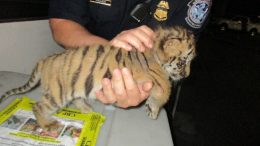In August 2020 federal authorities charged a dozen people for illegally trafficking millions of dollars of shark fins in Florida and two other states over the previous seven years.
According to the indictment, the defendants and their two shell companies also smuggled marijuana across the country and laundered their ill-gotten gains into gold, jewels and other commodities.
Although the court cases could still take months, the arrests represent a rare victory in the world of wildlife crime.
Poaching and wildlife trafficking affect thousands of species globally and have caused hundreds of extinctions. Yet the issue rarely gets much media attention — let alone high-profile arrests or convictions.
Here are 10 things you should know about wildlife trafficking:
1. It’s big business. One study put the value of wildlife crime at up to $23 billion a year, and since that study was published more than a decade ago, the value today is probably even higher.
2. It puts tens of thousands of species at risk — and has caused more than a few extinctions along the way, including the western black rhino. From birds to pangolins, lions and tigers, and even orchids and hardwoods…you name it, someone’s probably killing it and shipping it across the world.
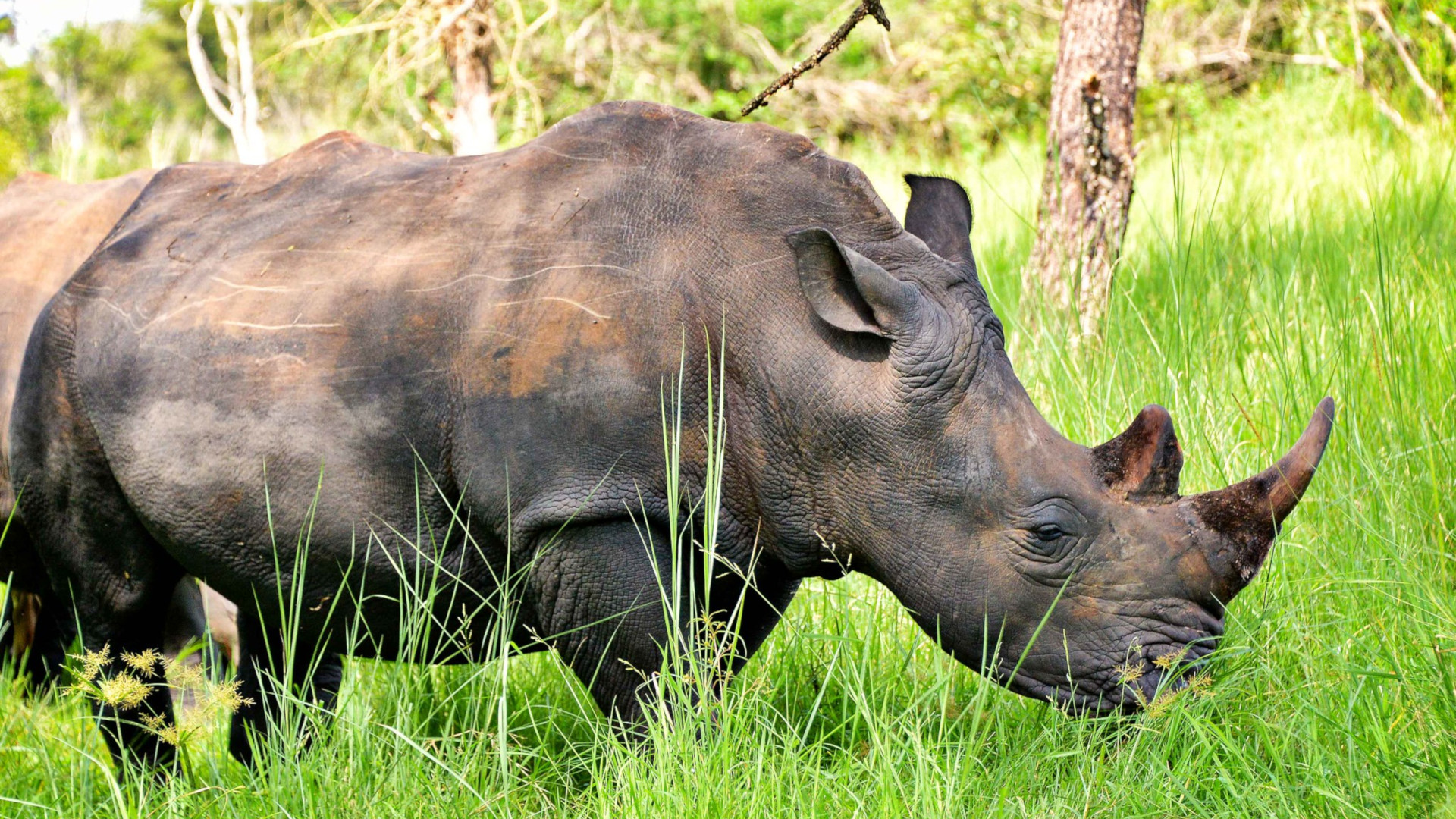
3. It also harms humans. The COVID-19 pandemic was likely a byproduct of the wildlife trade, which has been linked to numerous other disease outbreaks through the years. Poachers and traffickers have also been tied to murder, intimidation, bribery, organized crime, terrorism and a host of other threats that destabilize families, communities and national security.
4. It takes many forms. Wildlife trafficking can involve the transit of whole bodies, meat, scales and other parts — or live animals, sold for the pet trade or for later consumption. And when live animals are caught and shipped, few survive the process.
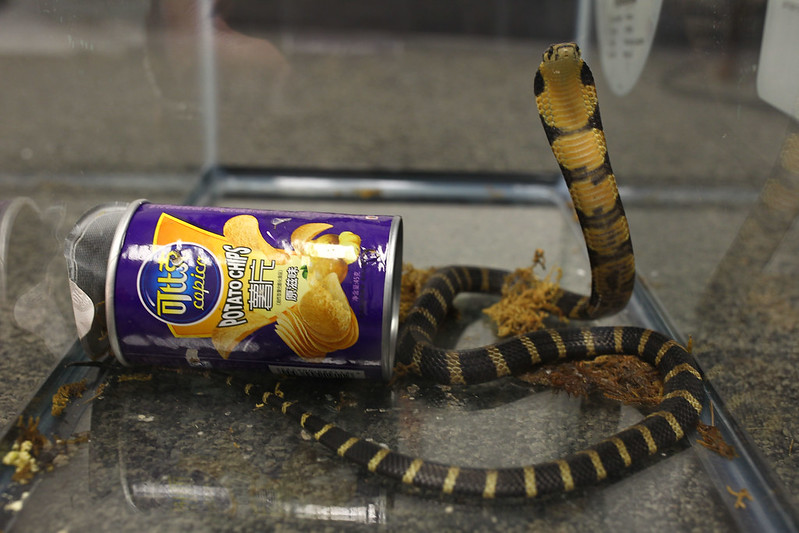
5. It’s distinct from the legal wildlife trade and illegal poaching by subsistence hunters, but tied into both. Many hunters turn to the illegal trade for much-needed income, and trafficked products all too often get laundered through legal markets.
6. It often includes collateral damage. Elephant poachers, for example, frequently use poisons to eliminate nearby vultures, which would otherwise circle the dead pachyderms and alert authorities to kill sites. In Southeast Asia wire snares are placed to target “valuable” animals but kill indiscriminately.
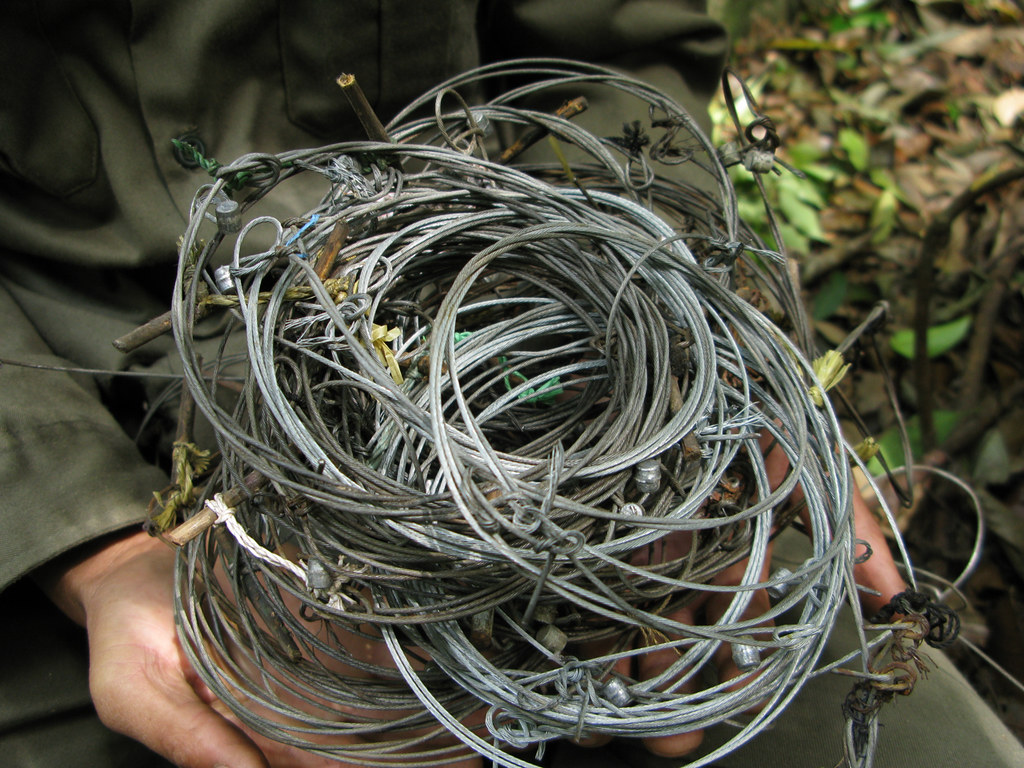
7. It’s not just animals. Plants, insects, corals and other creatures are all heavily trafficked. That wood flooring your neighbor just installed may have come from a protected forest.
8. It’s often tied into other crimes like drug smuggling, human trafficking and terrorism, which use the same methods to transport cash and goods around the world. Customs agents frequently find shipments of wildlife products in the same containers as illegal drugs, firearms and other products.
9. The punishment rarely fits the crime. Most poachers and smugglers get off with a slap on the wrist — if that. Although some countries have started to take these crimes more seriously, the average jail terms and fines remain so small that they fail to act as a disincentive for future crimes.
10. Virtually all countries are complicit — either as sources or as buyers. And yes, that includes the United States.
The Revelator has always committed to shining a light on these crimes and the threats they create. Here are links to some of our most important articles and commentaries on these issues.
The Big Picture:
What Does the World Need to Understand About Wildlife Trafficking?
How Do We Solve a Problem Like Wildlife Trade?
A Journey Inside the Deadly World of Wildlife Trafficking
Hunting for Game Wardens: A Shortage of Conservation Officers Threatens Wildlife
Threats to Species:
I Know Why the Caged Songbird Goes Extinct
The Faces of Extinction: The Species We Lost in 2019
The 301 Mammal Species Most Threatened by Overhunting
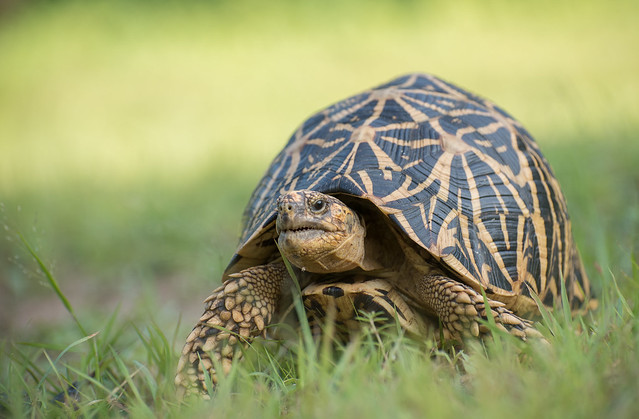
Another Deadly Year for Rhinos
Fins from Protected Shark Species Still Heavily Traded
Porcupines Face a Poaching Crisis — and It’s All Because of What’s in Their Stomachs
Bear-ly on the Radar: Indonesia’s Illegal Trade in Sun Bears Could Worsen in the Pandemic
Tiger King: 5 Lessons From Beneath the Mayhem
Saving the Vaquita: New Promises and New Threats
CITES Protection for Tokay Geckos: What Does It Really Mean?
Asian Otters: Out of the Water and Into…a Café?
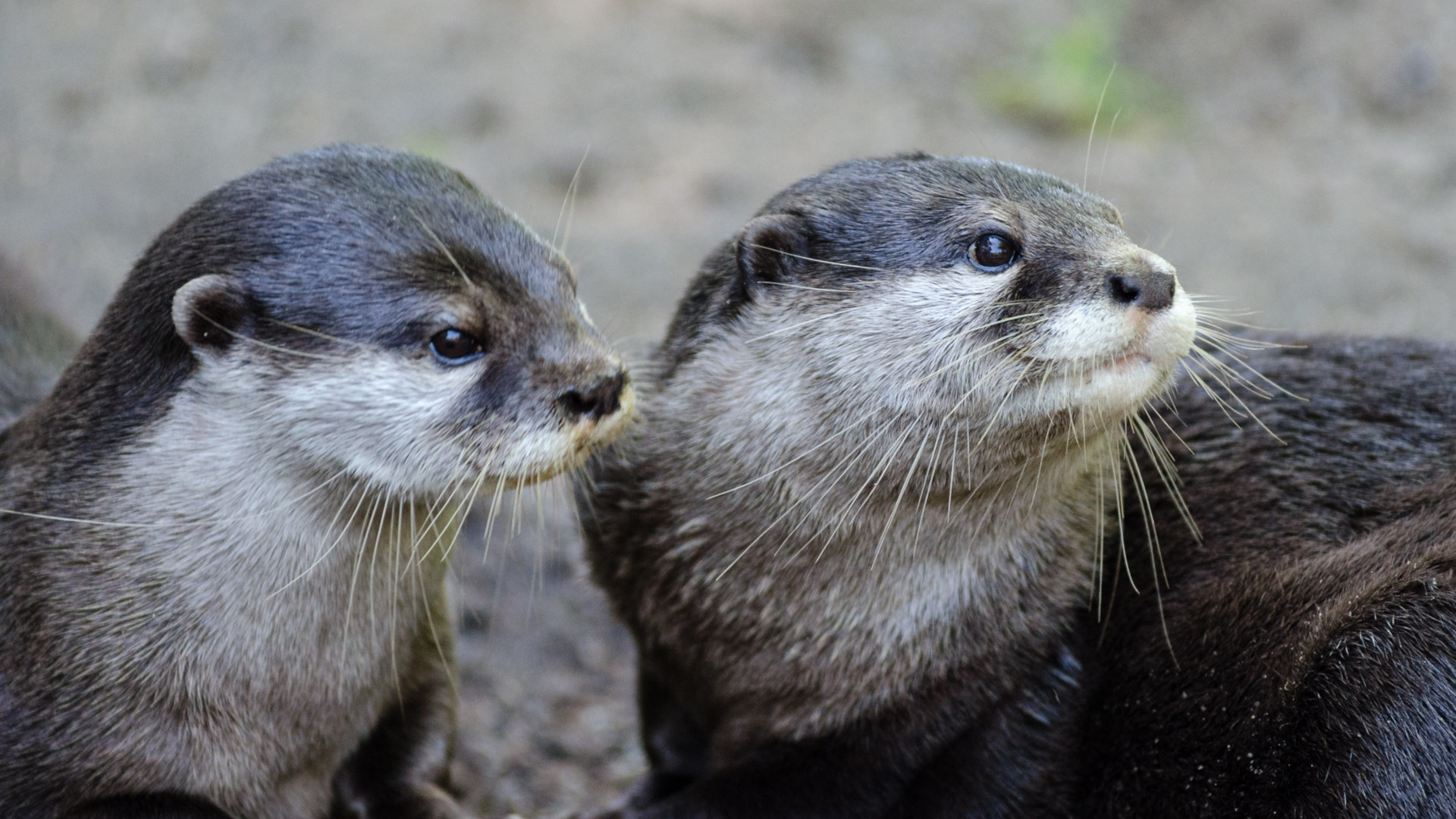
Prickly But Unprotected: 18 Percent of Cactus Species at Risk
Protecting Jaguars Across Borders
South Africa’s Fallen Pride: How Law and Government Fail to Protect Lions
Lion-Hunting by Trump Donors Is Awful, But the Trade in Lion Bones Is Worse
Threats to Species and People:
Murder and Intimidation of Environmental Activists Hits Record Levels
The Global Pet Trade: An Overlooked Culprit Behind Pandemics
How COVID-19 Took Hold and Why We Must End the Wildlife Trade
Coronaviruses and the Human Meat Market
Calls for Action:
Staring Into the Sun: Science Journalism, Objectivity and the African Poaching Crisis
Journalists Need to Do More to Cover Wildlife and Environmental Crime
Biden Must Take a Leadership Role Against Wildlife Crime
Emerging Solutions:
Want to Fight Climate Change? Start by Protecting These Endangered Species
![]()

